Integrating the Breath and the Bandhas
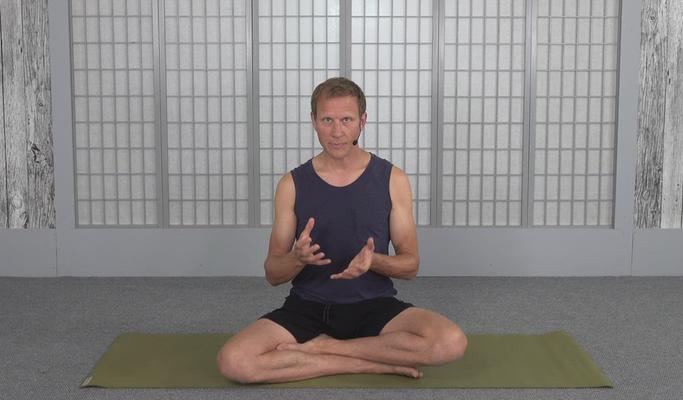
This video, the second in a series of three on core stability, covers the breath and bandhas (deep core locks), which together create stability and strength that you can use in your life and your yoga practice, no matter what you are doing. Learning how to engage and strengthen the bandhas will allow you to feel a sense of power and lightness in your body, length in your spine and will show you how to practice yoga safely. The first class in this series is The 3-Part Breath and Ujjayi Breathing and the third class is Finding Stability In All Poses. You can also find all three together in our program Establish Your Core Stability and Strength and on our Yoga for Beginners page.
Looking for more of a challenge? Check out the 14-Day Intermediate Challenge here.


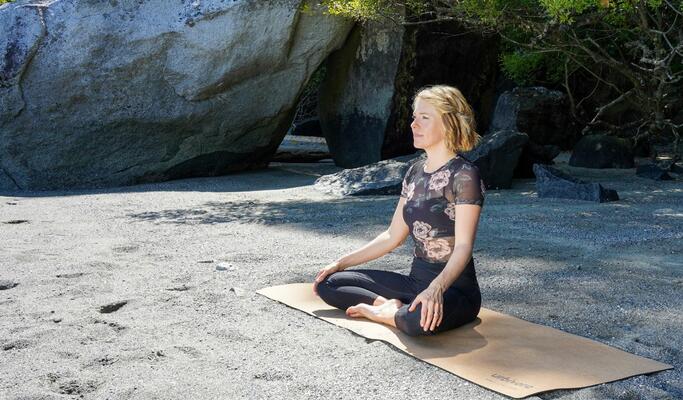
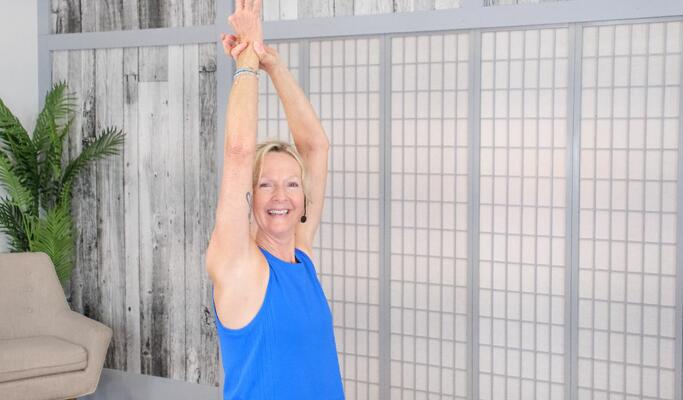
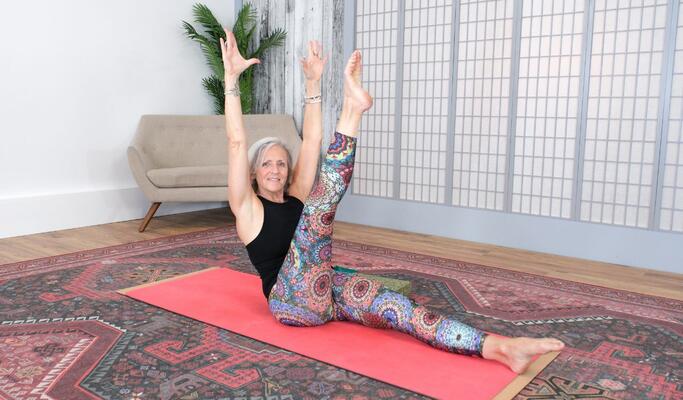
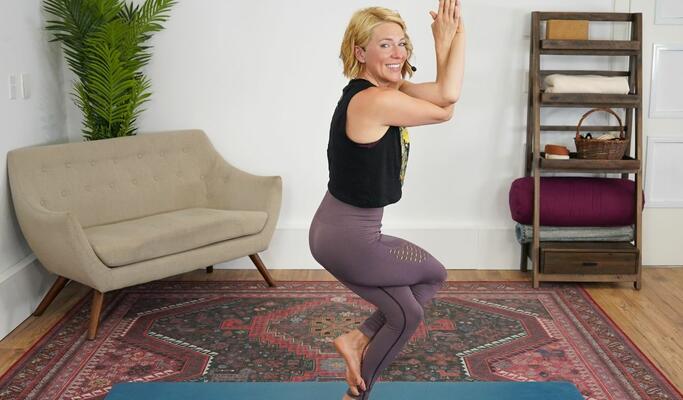
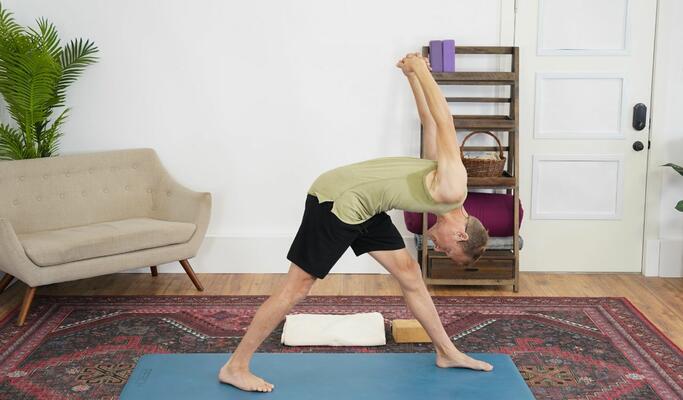
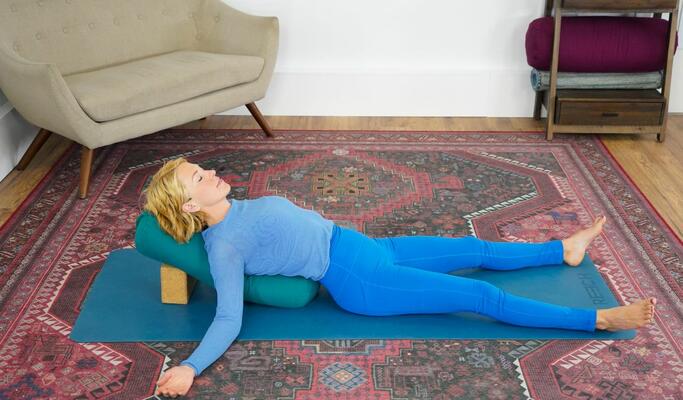
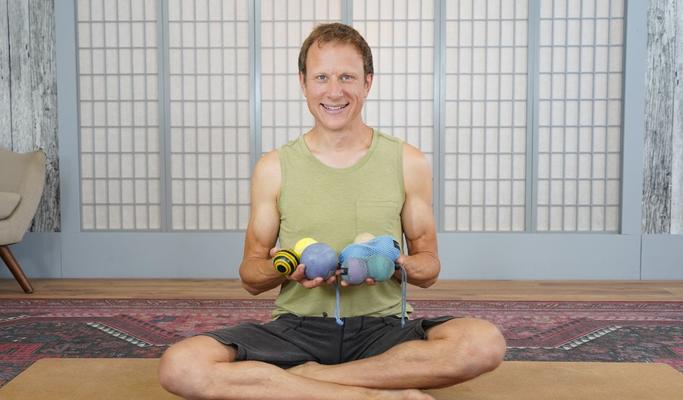
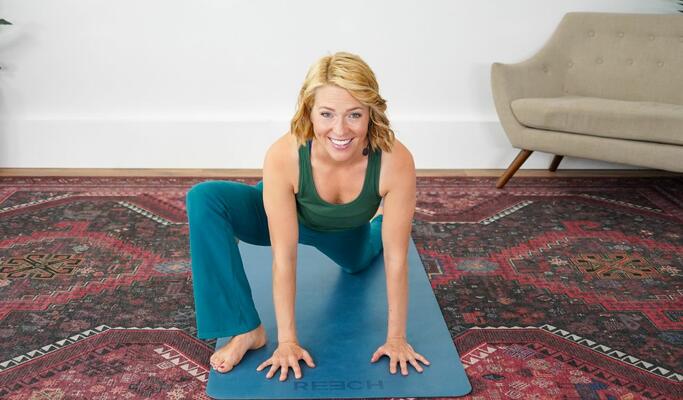
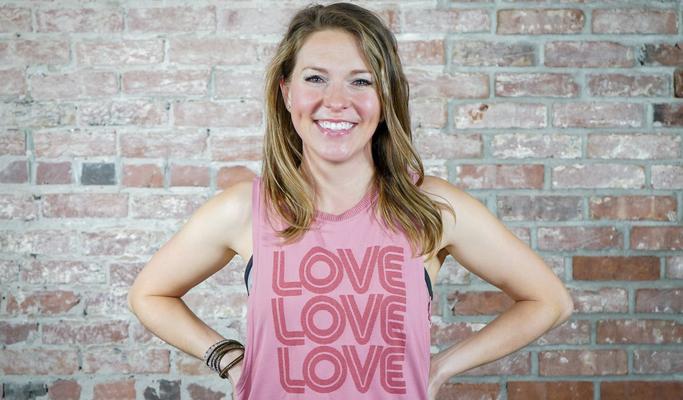
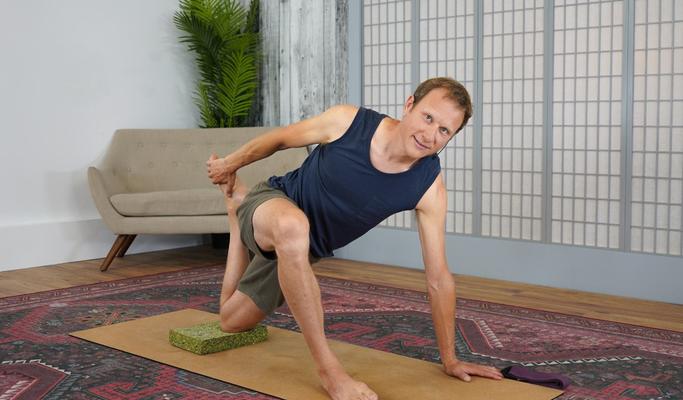
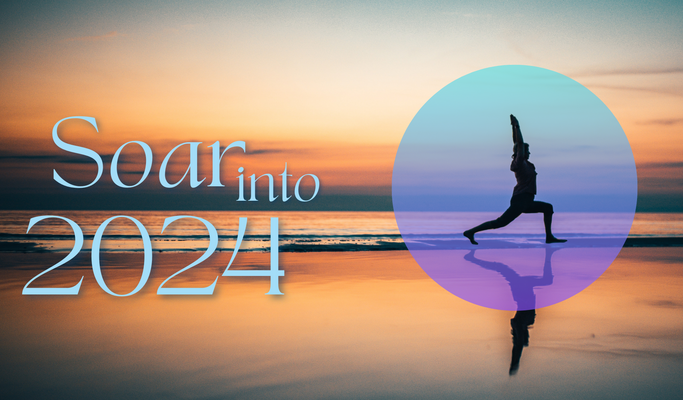
.png?itok=cfuWFfcr)
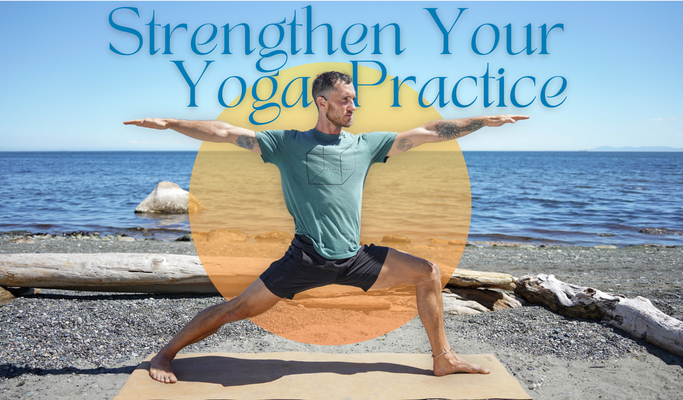
 (1920 × 1080 px) (1)_1.png?itok=rhKAGRjT)
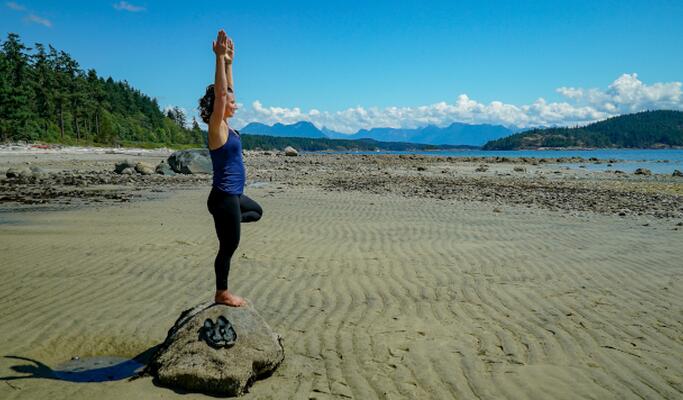





Comments
I have been practicing yoga for over 15 years and I have always wondered how I should breath and engage my core correctly. Thank you for this video. Now I feel I will be able to practice with more energy with the safety of my correct core engagement.
Cheers!
Hi David,
Maybe it is stupid question, but I got confused about breathing. You explained the "belly breathing" at the beginning, and then you introduced the concept of bandha, where we don't let the diafram going down (unlike the 3 parts breathing). My question is simple: which one is the right way of breathing during practice? Should I fill up the belly and then up to the ribs and so on...or I should use the bandha and keep the pelvic muscles on...or maybe all together?? Thanks, great video btw ;)
It seemed kinda odd to have a whole yoga class (or two in this case!) where you just sat there and breathed. A few hours after doing this class, however, I could feel that my core muscles had definitely had a workout! You know that pleasant ache that comes from engaging a muscle that needs to develop more strength. I got that "just" from sitting and breathing during this video. So cool! Eager to work on the bandhas more.
Good video David, and very informative! How important is it to isolate the pelvic floor lift from an anal or sphincter lift? Are they all connected, or does Mula bandha aim at somewhere in the middle of the pelvic floor.